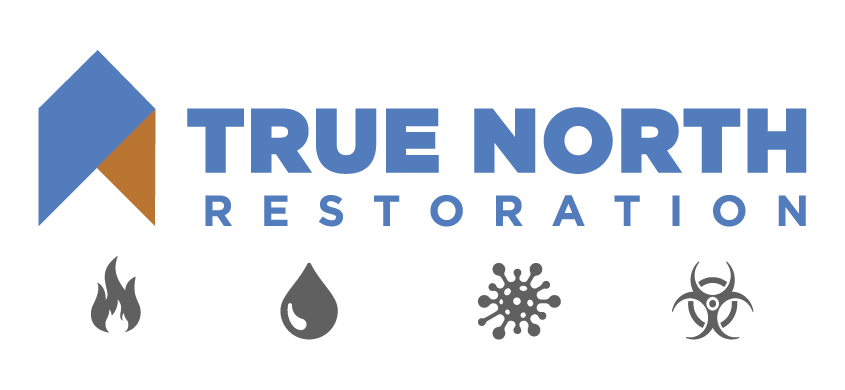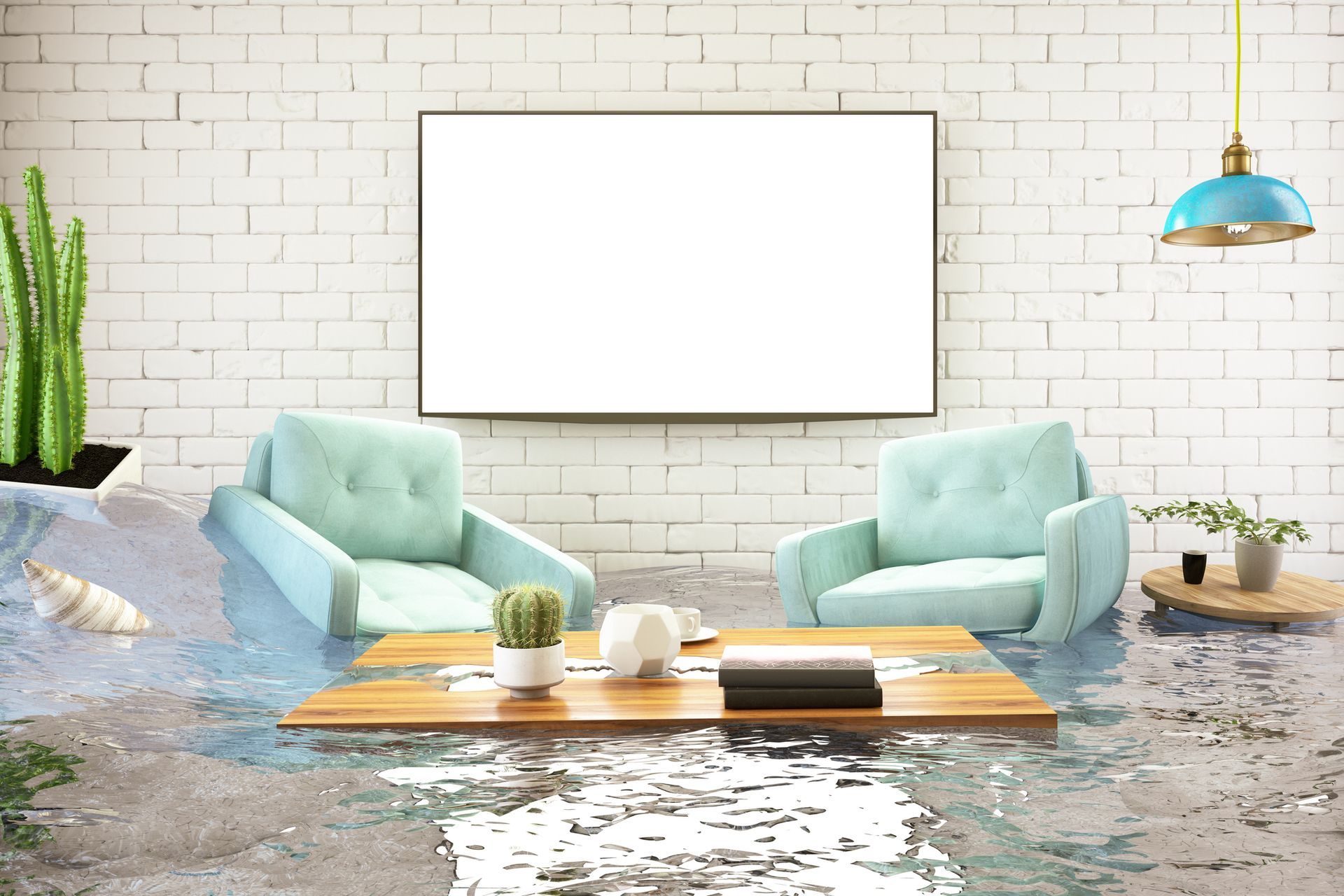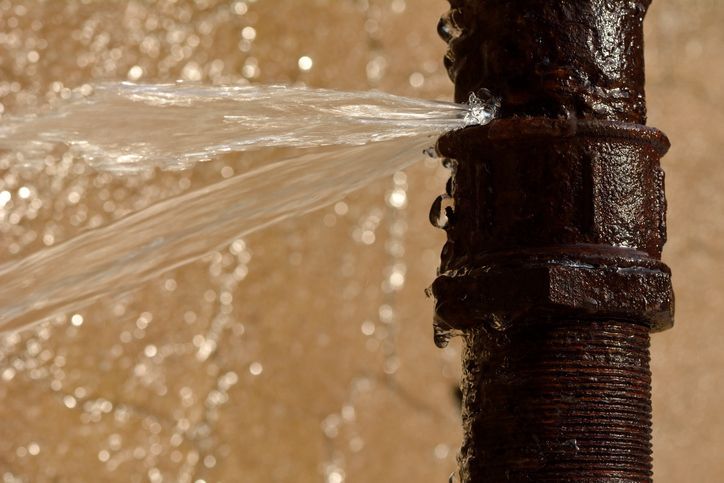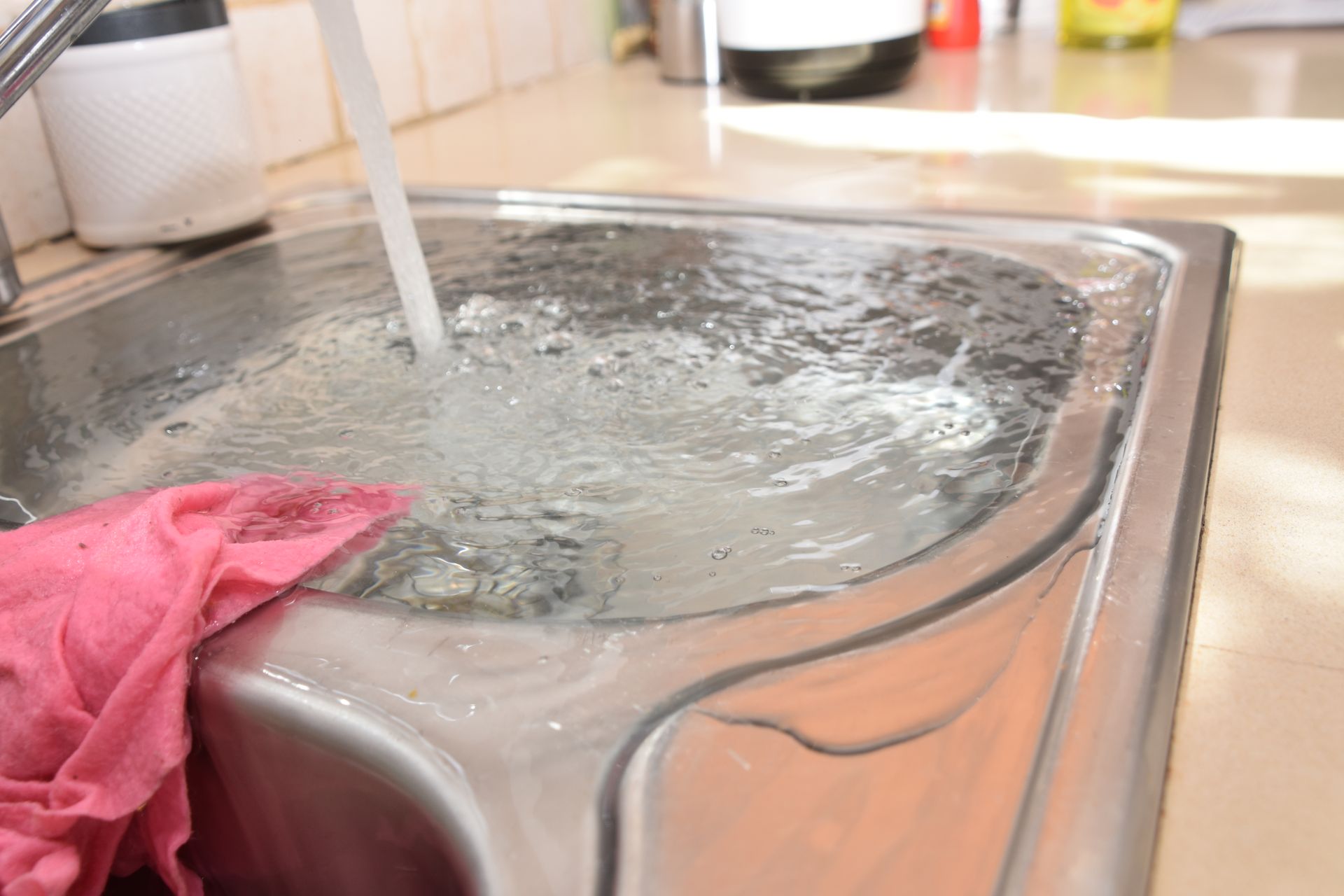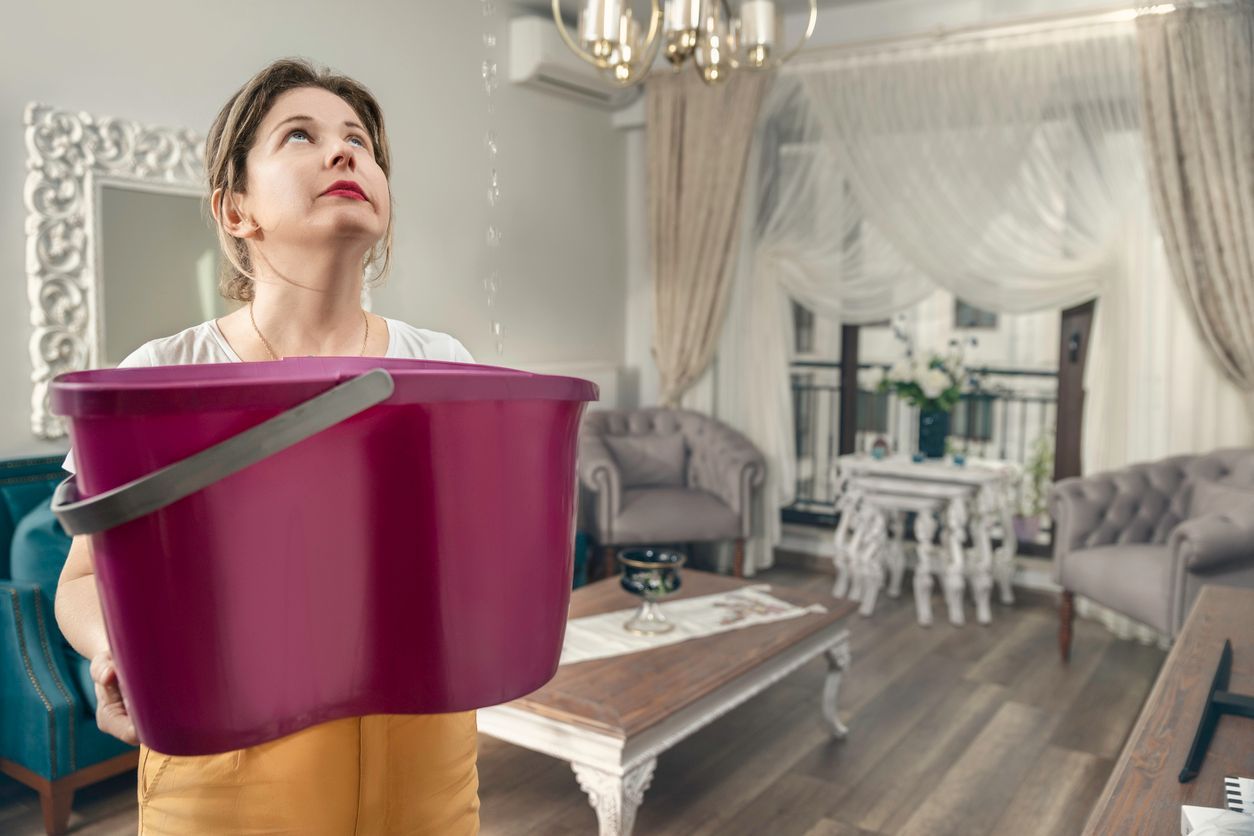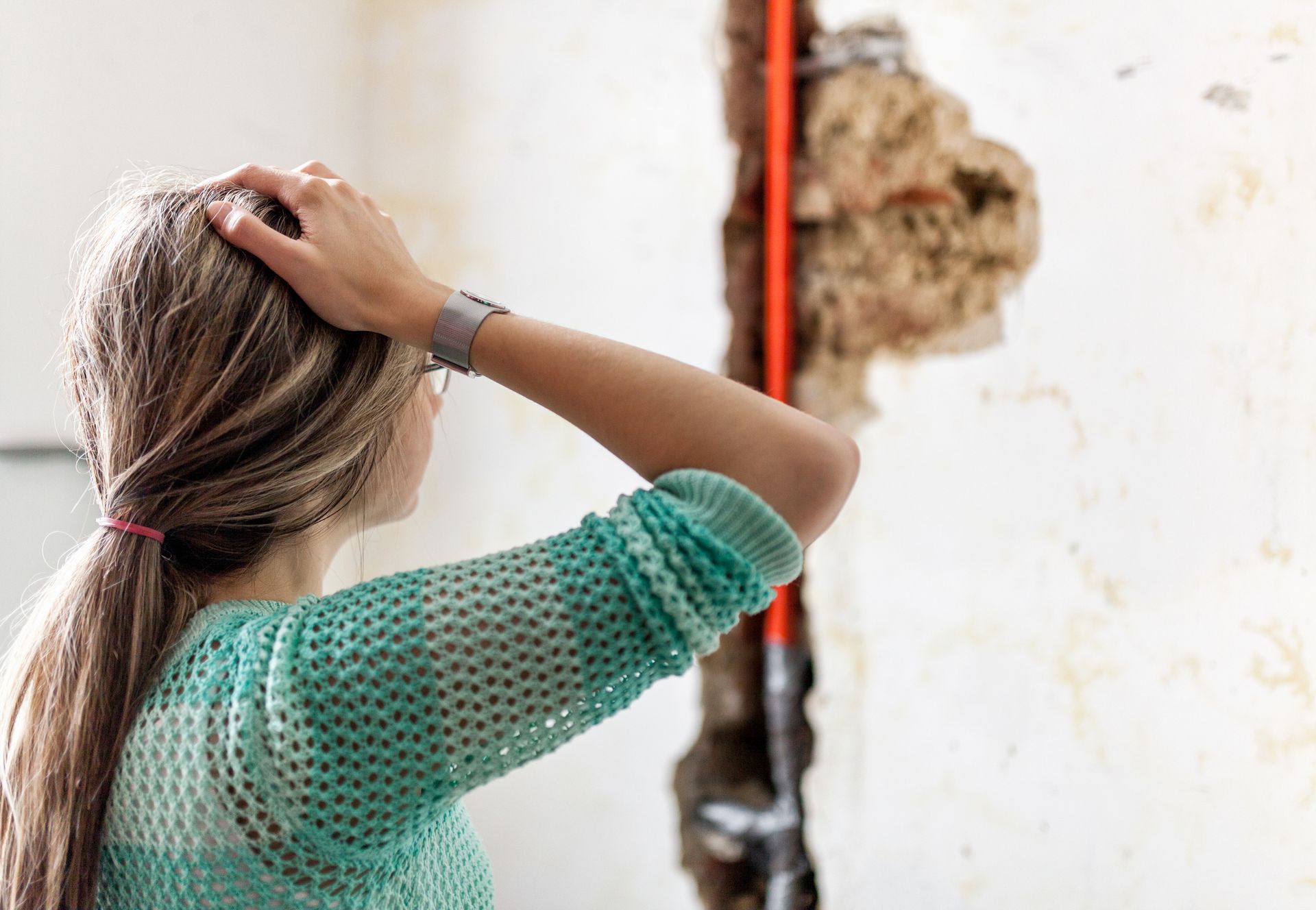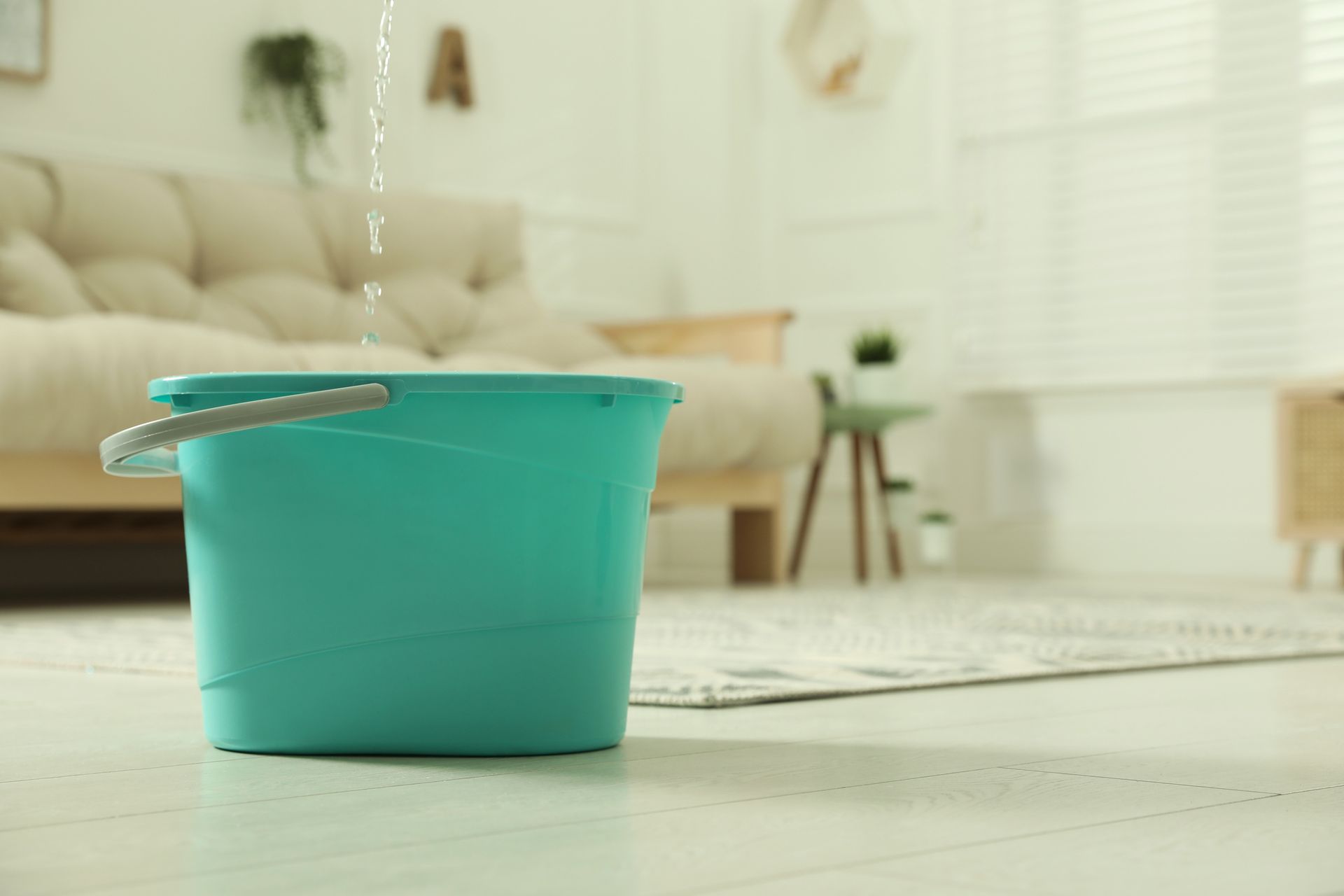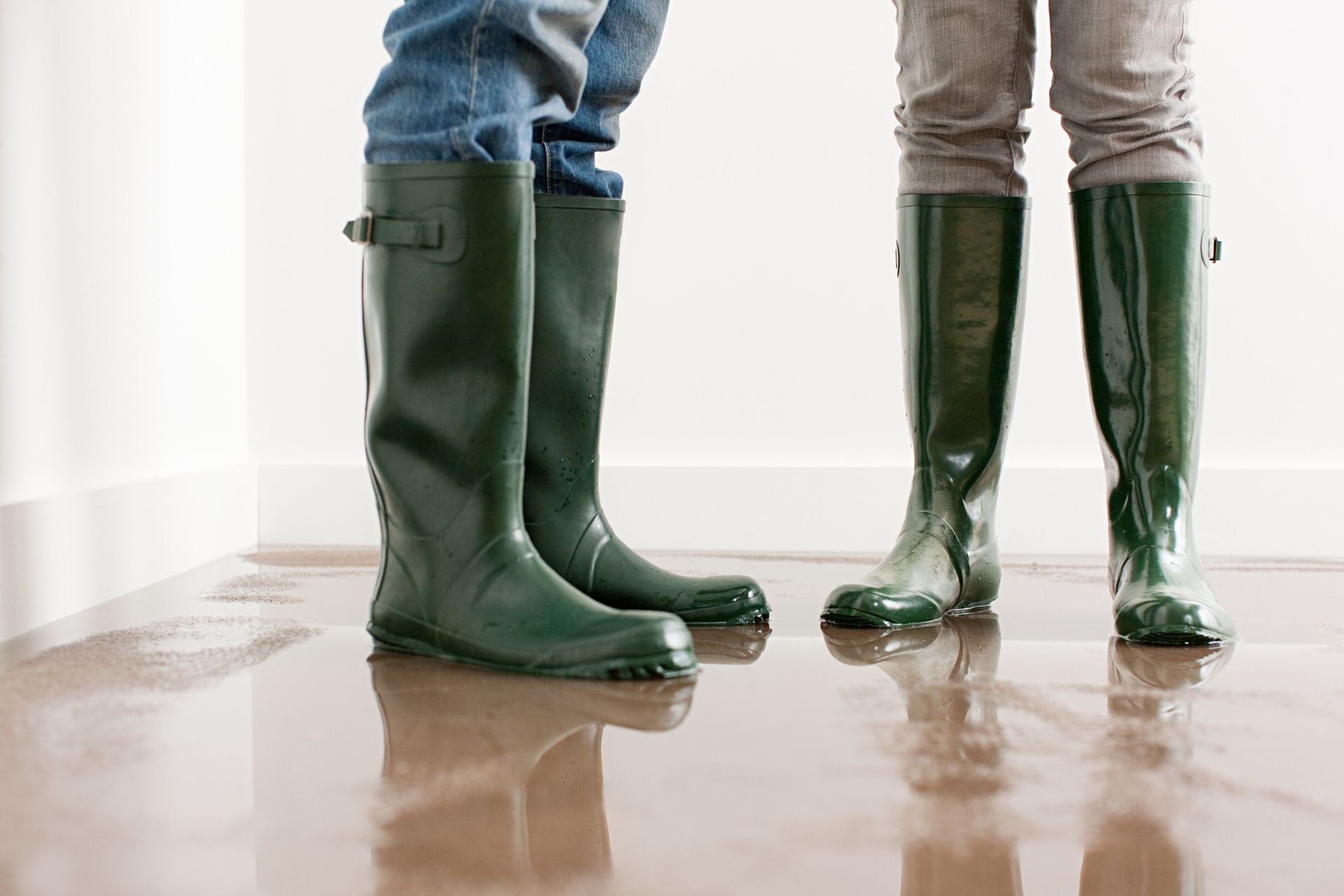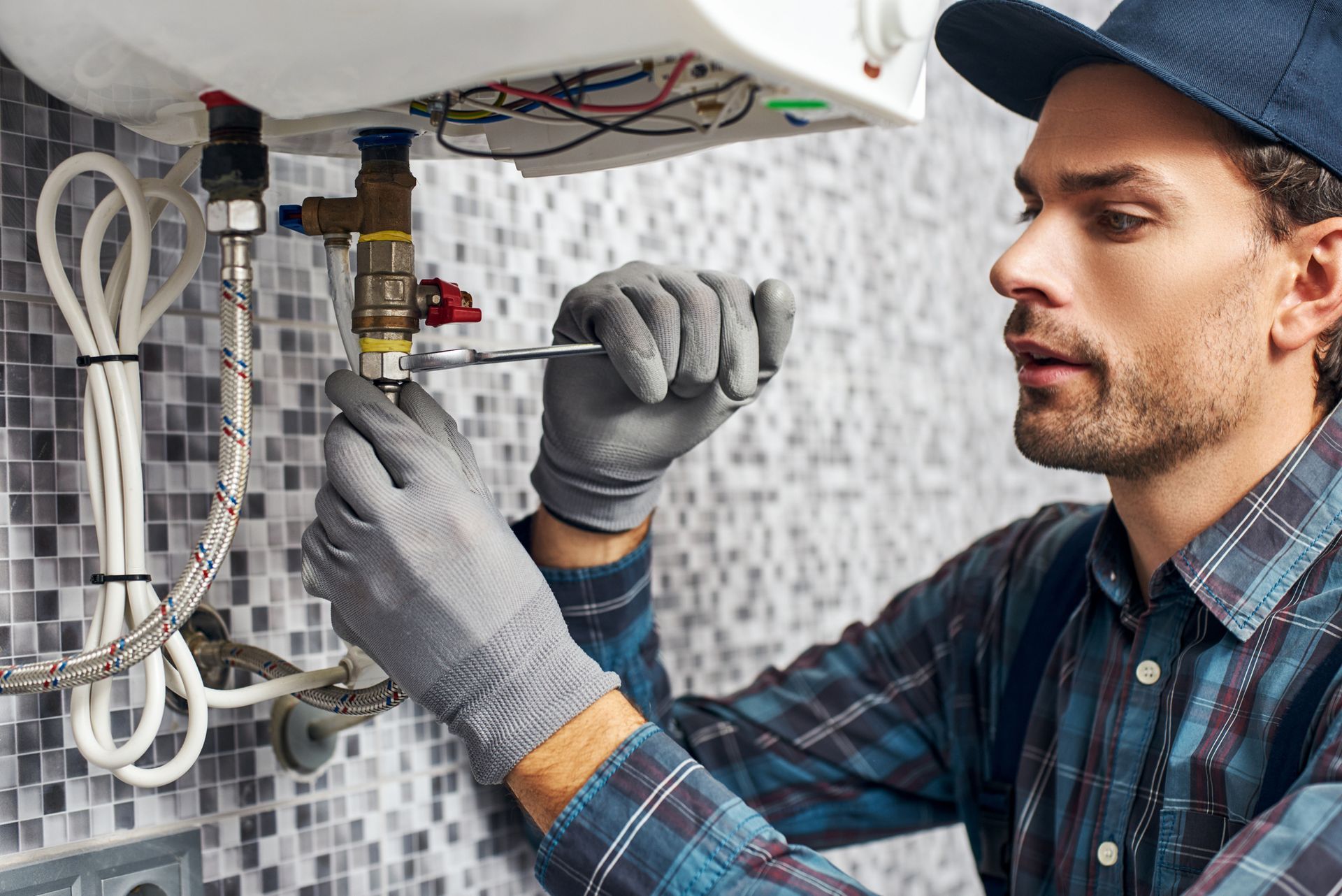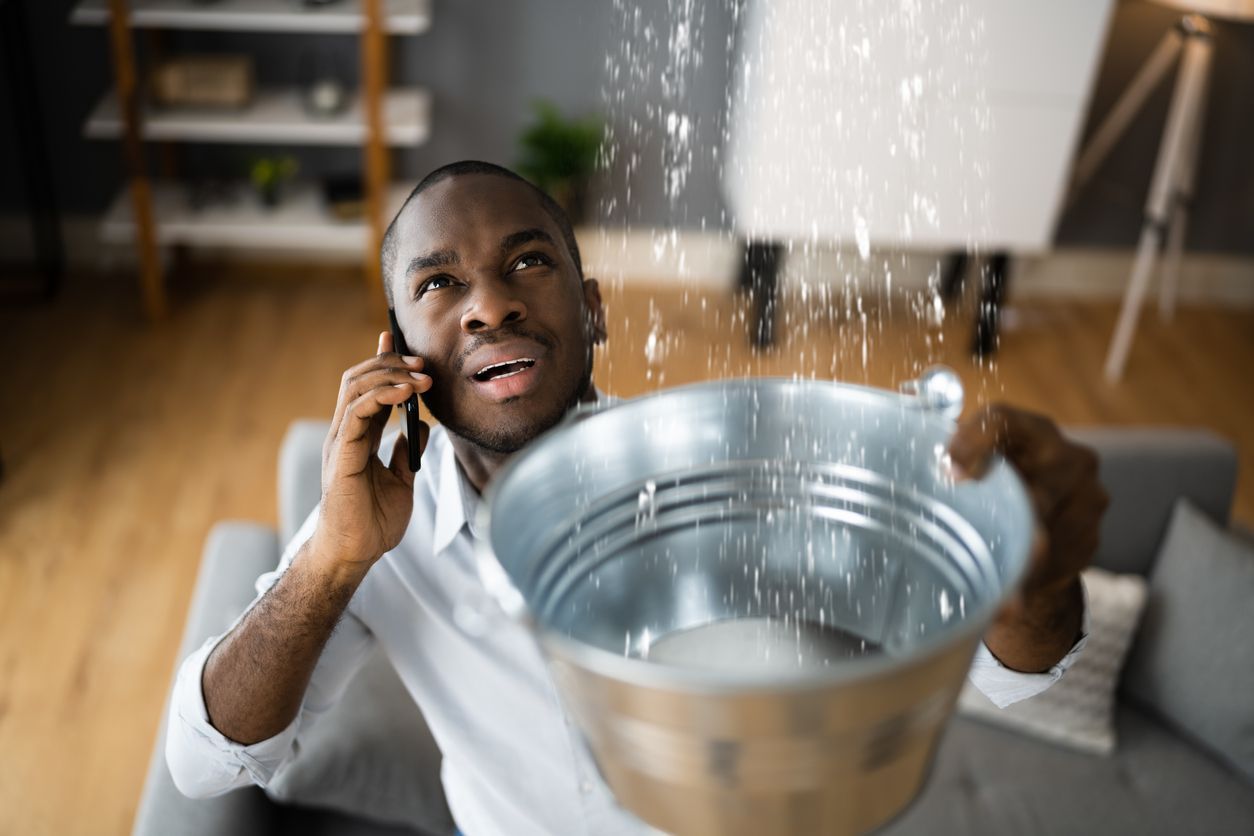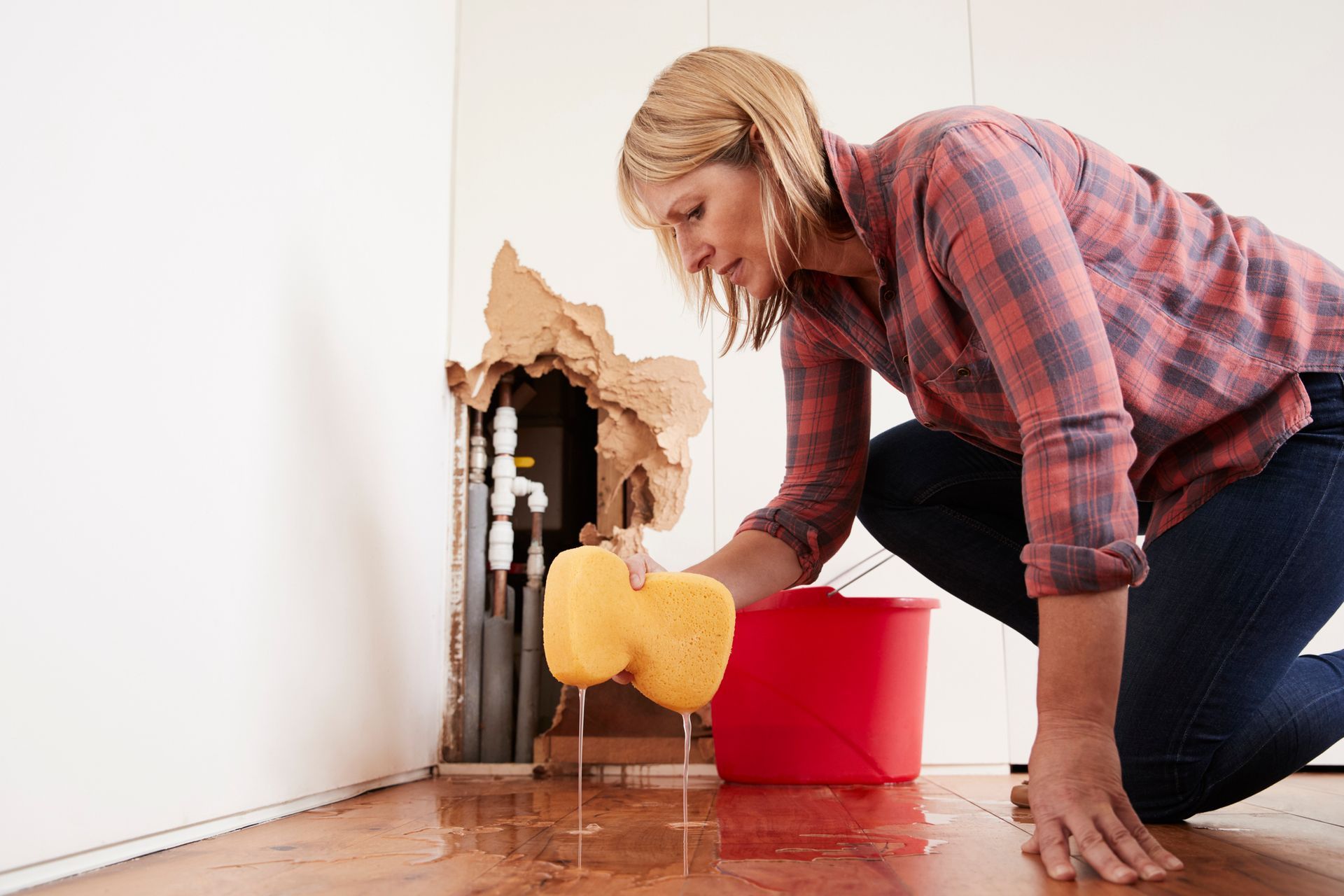What Happens During Professional Water Damage Repair in Cape Coral?
This is a subtitle for your new post
Water damage can sneak up on homeowners, whether it’s from a storm, a burst pipe, or a leaky appliance. No matter the source, the aftermath can be overwhelming: wet floors, damaged walls, and a lingering musty odor that just won’t go away. When that happens, knowing what to expect from professional water damage repair can ease your stress and help you make smart, fast decisions. Here’s a step-by-step breakdown of what professionals actually do during water damage repair, and why their process matters.
Step 1: Assessment and Inspection
The first thing a restoration team does is inspect the damage. This includes identifying the source of the water, determining the type (clean, gray, or black water), and evaluating how far the water has spread. Technicians often use moisture detectors and infrared cameras to check for hidden water in walls, floors, and ceilings. This thorough inspection helps guide the cleanup plan and ensures nothing gets overlooked, especially in areas where damage may not be immediately visible.
Step 2: Water Extraction
Time is critical after water damage. The longer water sits, the more likely it is to soak deeper into materials or cause mold growth. Professionals use powerful pumps and industrial vacuums to remove standing water quickly and efficiently. This phase of water damage repair is about minimizing further loss and creating a dry, stable environment to move forward with repairs.
Step 3: Drying and Dehumidifying
Even after the visible water is gone, moisture often lingers behind in floors, walls, and furniture. Professionals bring in commercial-grade air movers and dehumidifiers to thoroughly dry the space. This process can take several days, depending on the extent of the damage and the materials involved. Throughout this step, technicians monitor moisture levels closely to ensure the structure is fully dry, because premature repairs on damp surfaces can lead to serious long-term problems.
Step 4: Cleaning and Sanitizing
Water damage can bring contaminants into your home, especially if the source was floodwater or sewage-related. Once the area is dry, professionals clean and sanitize all affected surfaces. This includes antimicrobial treatments to prevent mold growth and deodorizing the space to eliminate musty smells. If your belongings (like rugs, furniture, or personal items) were affected, a trusted team will do their best to restore what they can and advise you on what should be replaced.
Step 5: Repairs and Restoration
The final stage of water damage repair is restoring your home to its pre-damage condition. This might include replacing drywall, repainting, installing new flooring, or rebuilding damaged areas entirely. A skilled team will walk you through what’s necessary and coordinate repairs efficiently to get your home back to normal. Whether it’s minor fixes or full reconstruction, having professionals manage the process ensures that repairs are done safely and to code.
Water Damage Repair in Cape Coral
Water damage doesn’t have to mean the end of your peace of mind. True North Restoration of SW Florida provides expert-level water damage repair, guiding you through every step, from assessment to full restoration. Their team combines industry-leading tools with compassionate service to help you recover quickly and confidently. If you’re dealing with water damage, don’t wait. Contact True North Restoration today and let them help restore your home and your comfort.

